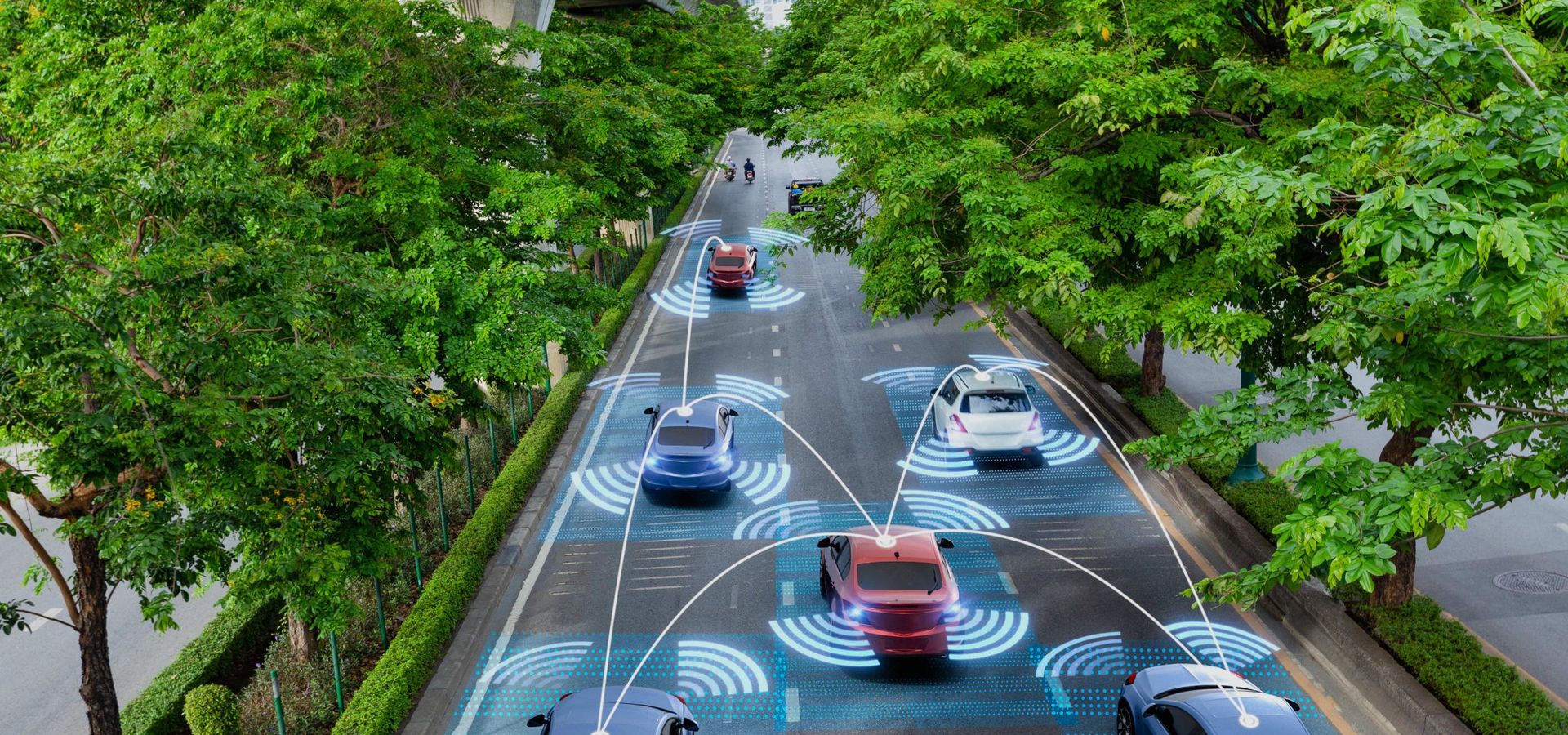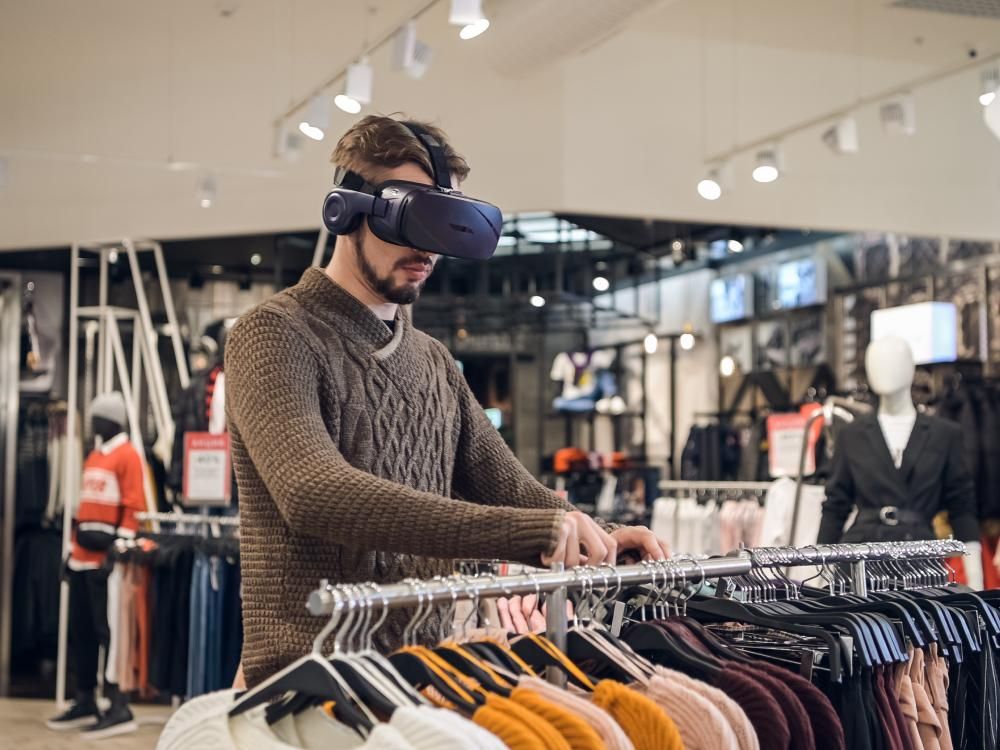Customer data granularity
Beacons can gather data about store areas with the most and least foot traffic, levels of shopper engagement with various categories or products, and details about first-time and repeat customers. Processing this data with retail business intelligence, retailers can improve stall and merchandising layouts, decrease wait times at checkouts and other customer touchpoints, and enrich shopper profiles for better customer segmentation and retargeting campaigns.














.jpg)





